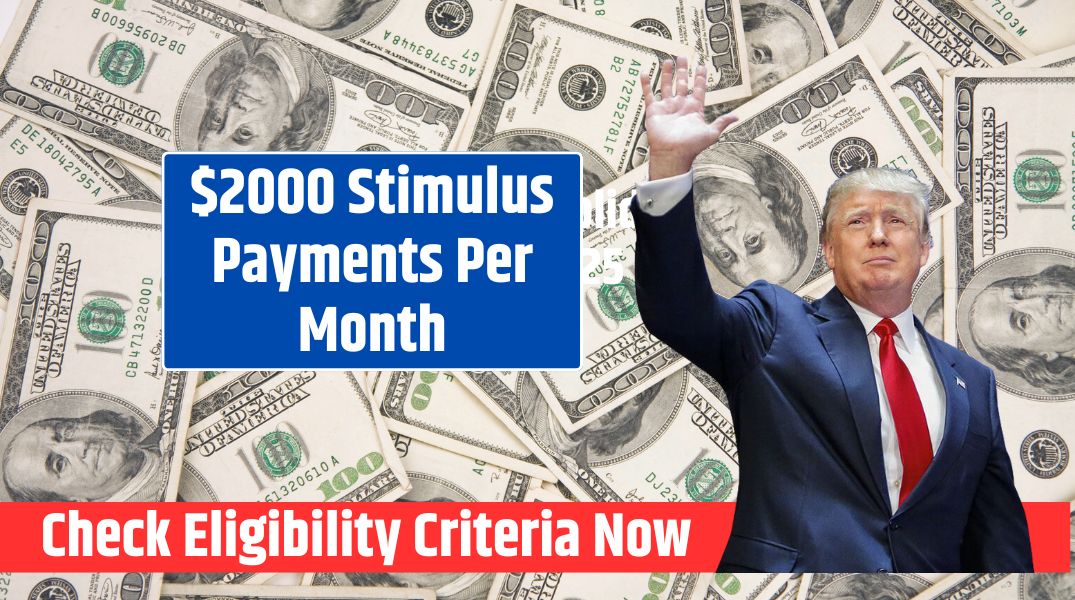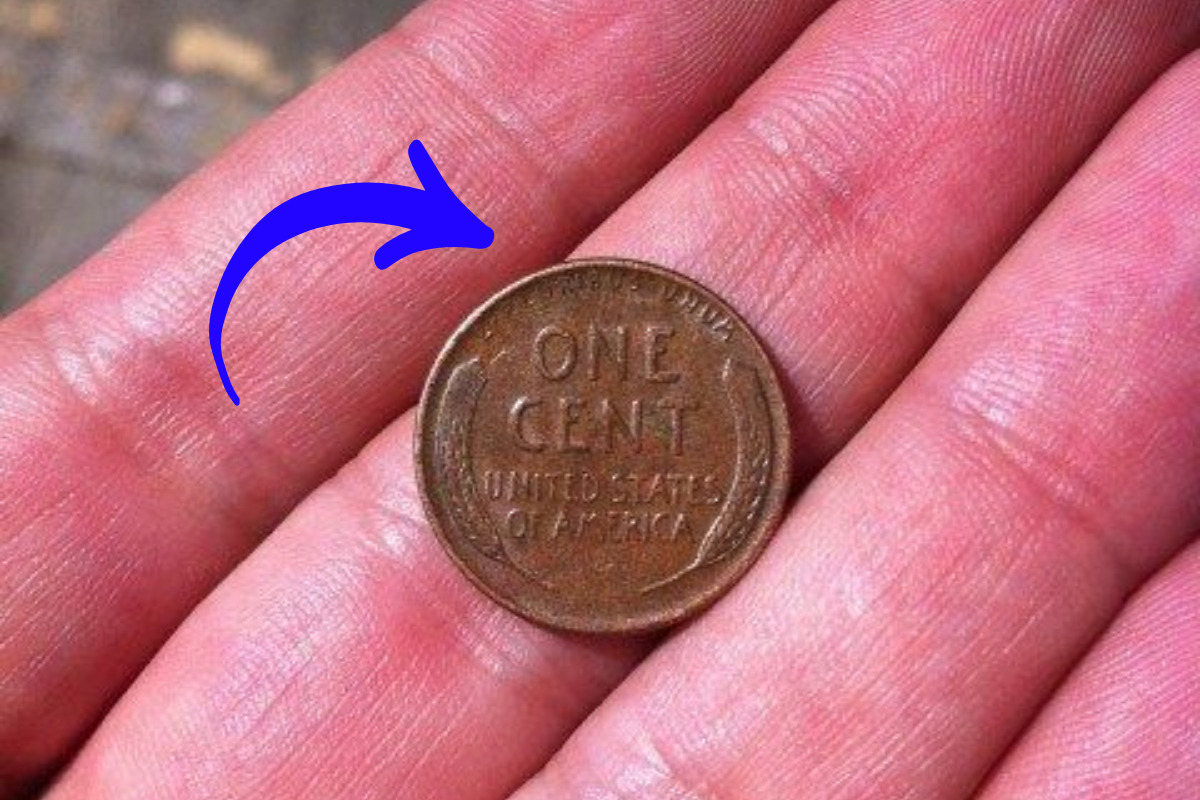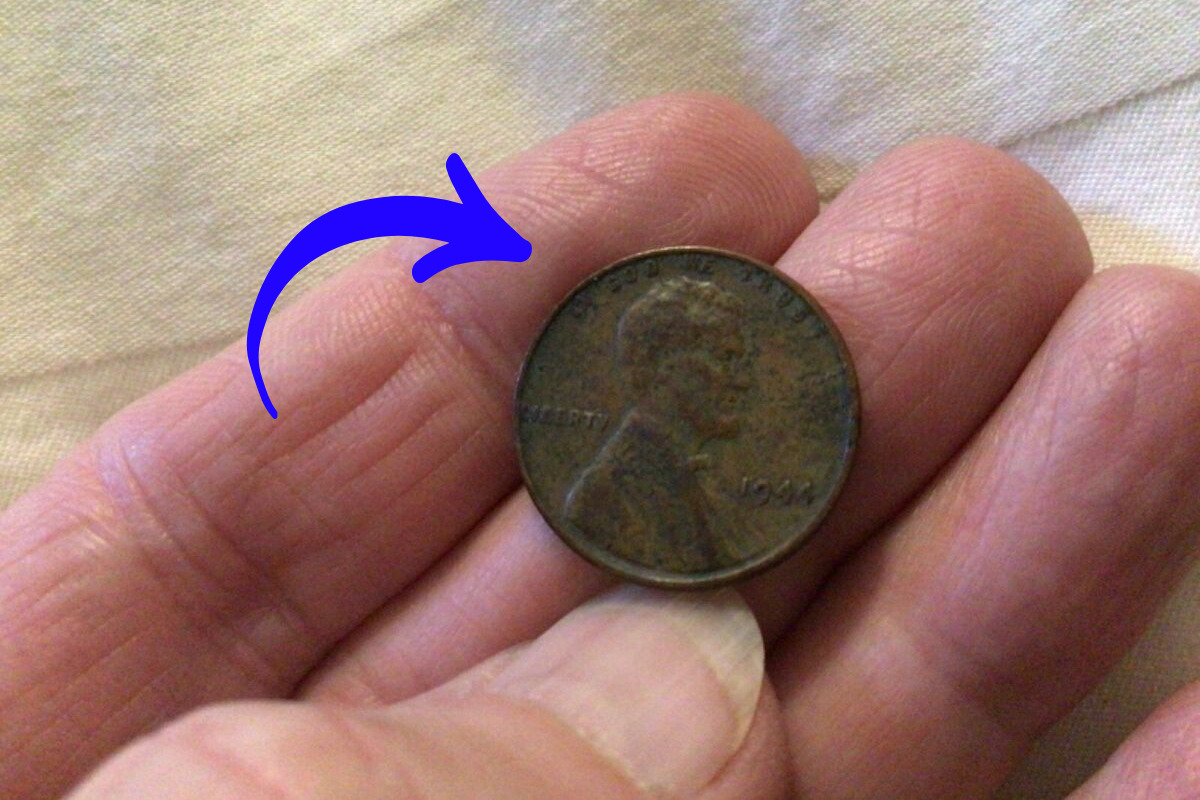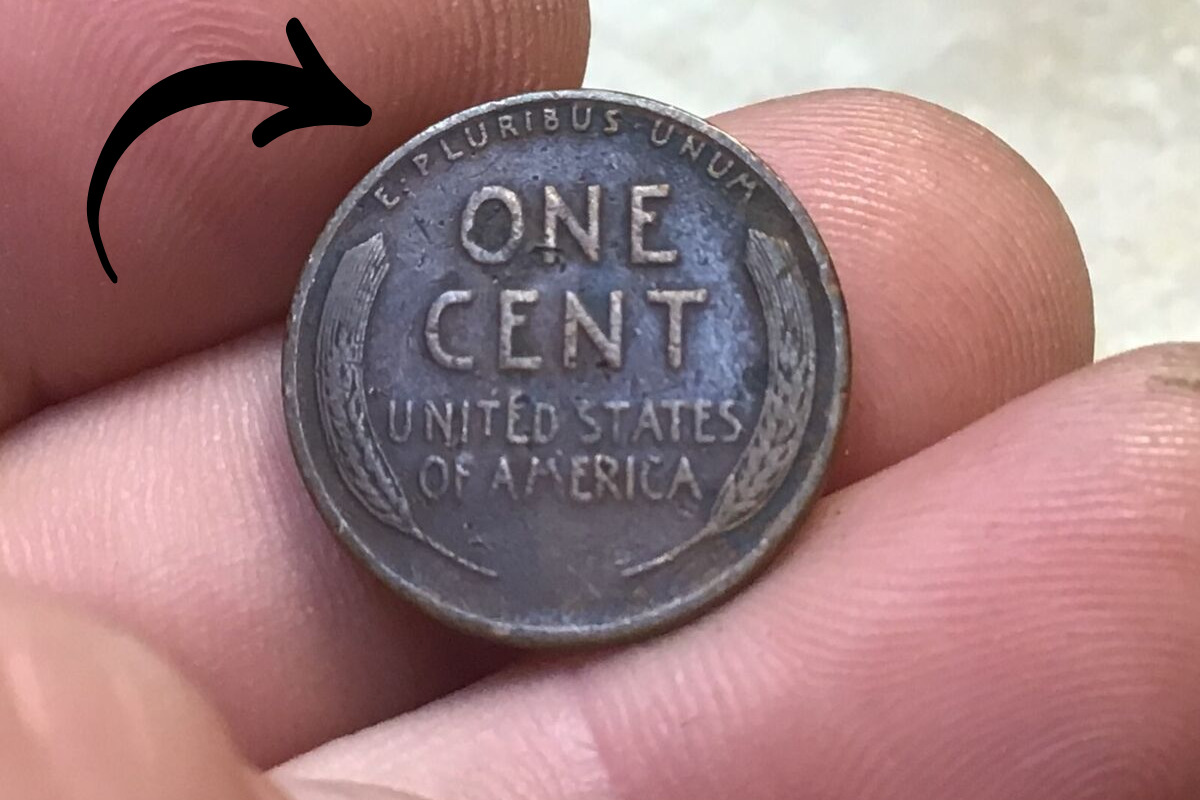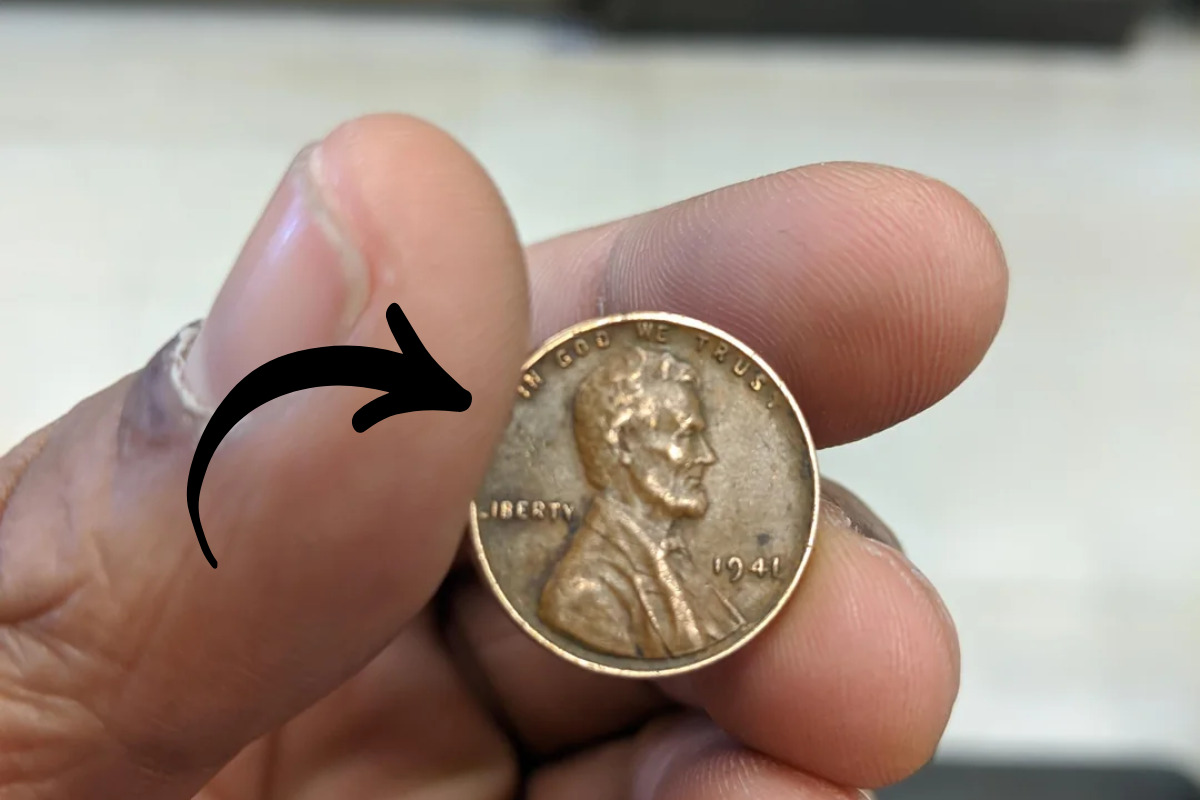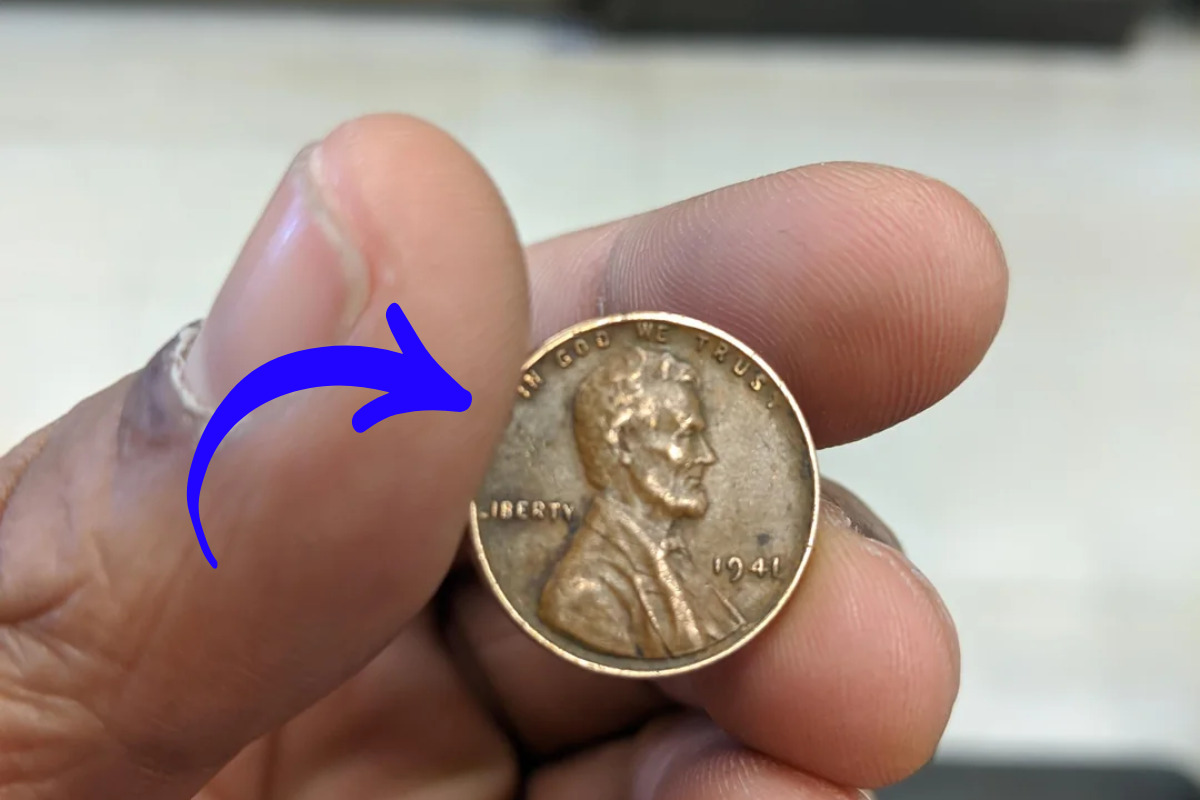$2000 Stimulus Payments Per Month: In recent years, stimulus payments have become a hot topic across the United States. From the government’s pandemic relief efforts to ongoing financial aid discussions, many Americans are still curious about the possibility of receiving $2,000 monthly stimulus checks. With plenty of rumors circulating, it’s essential to understand the facts: Are these payments real? Who qualifies for current stimulus aid? And what can you expect in 2025? This article will clarify the confusion and explain the latest updates regarding stimulus payments, eligibility, and payment dates.
Overview of Stimulus Payments in 2025
| Topic | Details |
|---|---|
| Stimulus Payment Amount | No $2,000 monthly payments currently exist; past stimulus aid was pandemic-related. |
| Current Stimulus Payments | IRS is distributing $1,400 special payments to eligible taxpayers. |
| Eligibility | Taxpayers who didn’t claim the Recovery Rebate Credit on their 2021 tax returns. |
| Payment Dates | Began in late January 2025 and will continue throughout the year. |
| Official Resources | Visit the official IRS website for the latest updates. |
While $2,000 monthly payments remain a popular idea, there are no active programs providing such amounts. However, the IRS is still issuing $1,400 payments to eligible individuals who missed out on previous stimulus checks. Let’s break down the background, eligibility, and payment timeline.
Understanding Past Stimulus Payments
During the COVID-19 pandemic, the U.S. government passed several relief packages to support individuals and businesses. Key programs included:
- CARES Act (2020): $1,200 per adult, plus $500 per child.
- Consolidated Appropriations Act (2020): $600 per person.
- American Rescue Plan Act (2021): $1,400 per individual, along with expanded child tax credits.
These one-time payments were crucial for many households during the pandemic. However, despite public interest, proposals for ongoing $2,000 monthly payments did not pass.
What Happened to the $2,000 Monthly Payment Proposal?
The idea of a $2,000 monthly payment gained traction when politicians like Andrew Yang proposed universal basic income (UBI). Several lawmakers supported the idea, suggesting that recurring payments could help Americans navigate economic challenges.
However, Congress never approved these proposals, primarily due to concerns over:
- High Costs: Recurring payments would cost trillions annually.
- Inflation Risks: More money in circulation could worsen inflation.
- Workforce Impact: Critics worried some might delay returning to work.
As a result, the government opted for one-time payments and expanded unemployment benefits instead of long-term monthly payments.
Current Stimulus Payments: $1,400 Special Payments (2025)
While the $2,000 monthly payments remain a myth, there is some good news. In 2025, the IRS is distributing $1,400 special payments to taxpayers who didn’t claim the Recovery Rebate Credit (RRC) on their 2021 tax returns.
Eligibility Criteria: Who Qualifies?
To be eligible for these payments, you must:
- Have missed claiming the RRC for 2021.
- Meet income limits based on prior stimulus guidelines.
- File or amend your 2021 tax return if necessary.
These payments are automatic if you qualify, but you can confirm your eligibility by reviewing your tax documents or checking the IRS website.
Payment Timeline: When Will You Receive It?
The IRS began sending these payments in late January 2025. The process will continue throughout the year. Payments will arrive through:
- Direct Deposit: Linked to your bank account on file.
- Paper Checks: Mailed to eligible recipients.
- Prepaid Debit Cards: For some individuals without bank accounts.
How to Check Your Eligibility
Follow these steps:
- Review your 2021 tax return to see if you claimed the RRC.
- Visit the IRS website for updates and payment tracking tools.
- Use IRS resources like the “Get My Payment” tool to check your status.
If you’re unsure, consult a tax professional to avoid missing out.
Future of Stimulus Payments: What to Expect
Though no $2,000 monthly payments are planned, the government continues to monitor the economy. In cases of future crises, Congress may introduce new relief programs. Stay informed through official announcements rather than social media rumors.
Beware of Scams: Stay Safe
Scammers often target individuals with false promises of stimulus checks. To protect yourself:
- Only trust IRS.gov for payment details.
- Avoid sharing personal information through phone calls or emails.
- Report suspicious messages to the Federal Trade Commission (FTC).
While ongoing $2,000 stimulus payments remain unlikely, eligible taxpayers can still benefit from the $1,400 special payments issued in 2025. Understanding eligibility rules, payment timelines, and official IRS guidance can help you receive the funds you deserve. Stay informed, avoid scams, and monitor credible sources for potential future relief efforts.
FAQ
Are $2,000 monthly stimulus payments available?
No, there are no ongoing $2,000 monthly stimulus payments. The IRS is currently distributing $1,400 payments to eligible taxpayers who missed the 2021 Recovery Rebate Credit.
Who qualifies for the $1,400 IRS payment in 2025?
Eligible individuals include taxpayers who did not claim the Recovery Rebate Credit on their 2021 tax returns. These payments are issued automatically by the IRS.
When did the IRS start sending the $1,400 payments?
The IRS began distributing the $1,400 special payments in late January 2025 and will continue to send payments throughout the year.
How can I check my payment status?
You can visit the official IRS website and use the ‘Get My Payment’ tool to track your payment and confirm eligibility.
What should I do if I missed previous stimulus payments?
If you didn’t receive previous payments, you can file or amend your 2021 tax return to claim the Recovery Rebate Credit.
